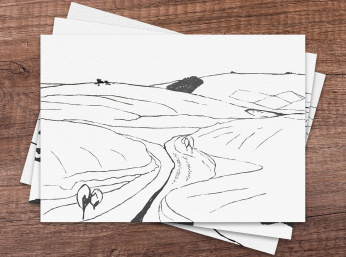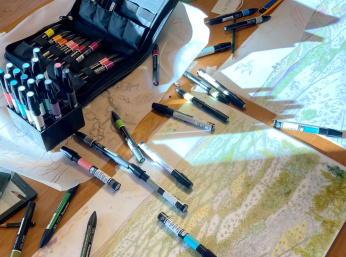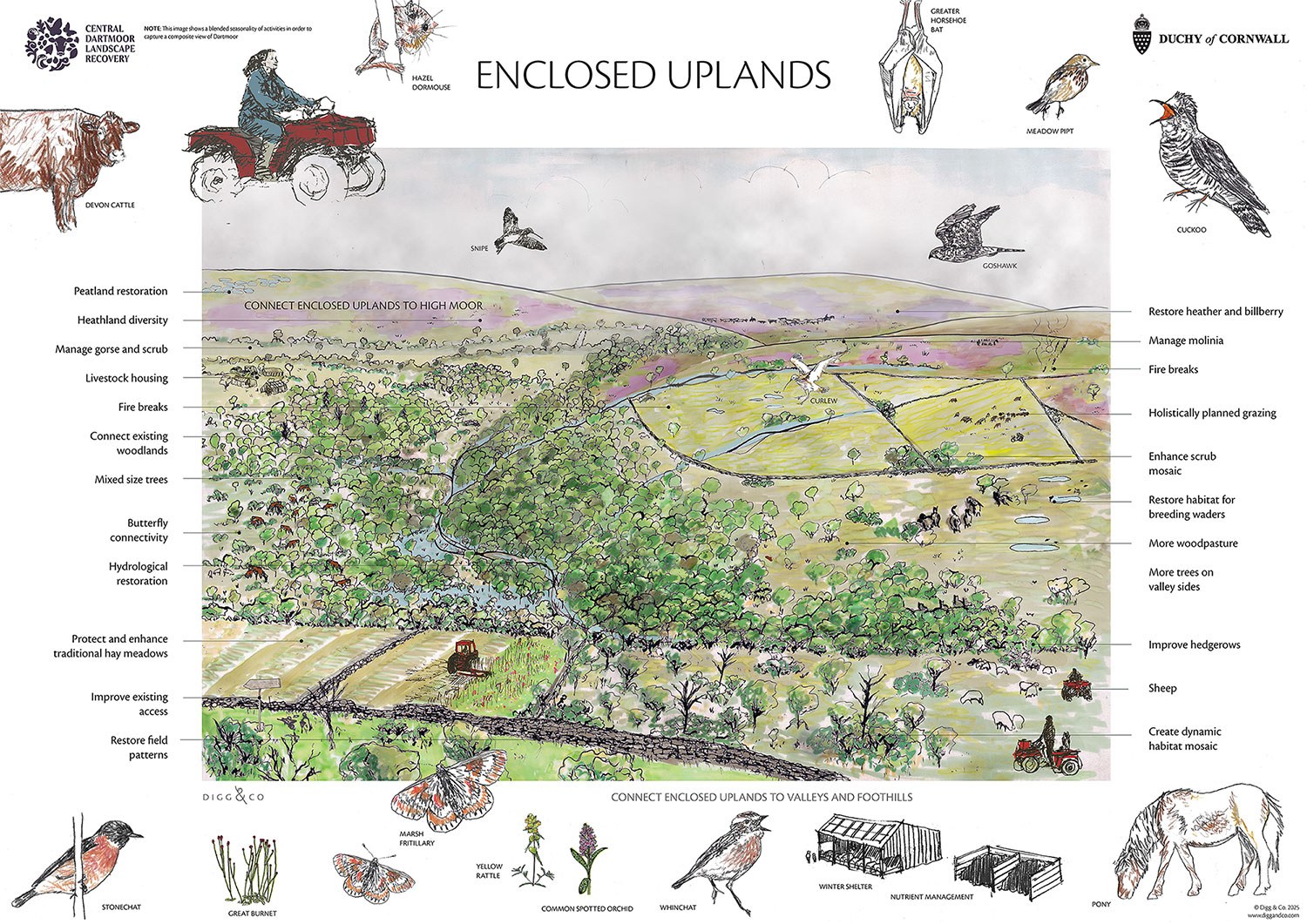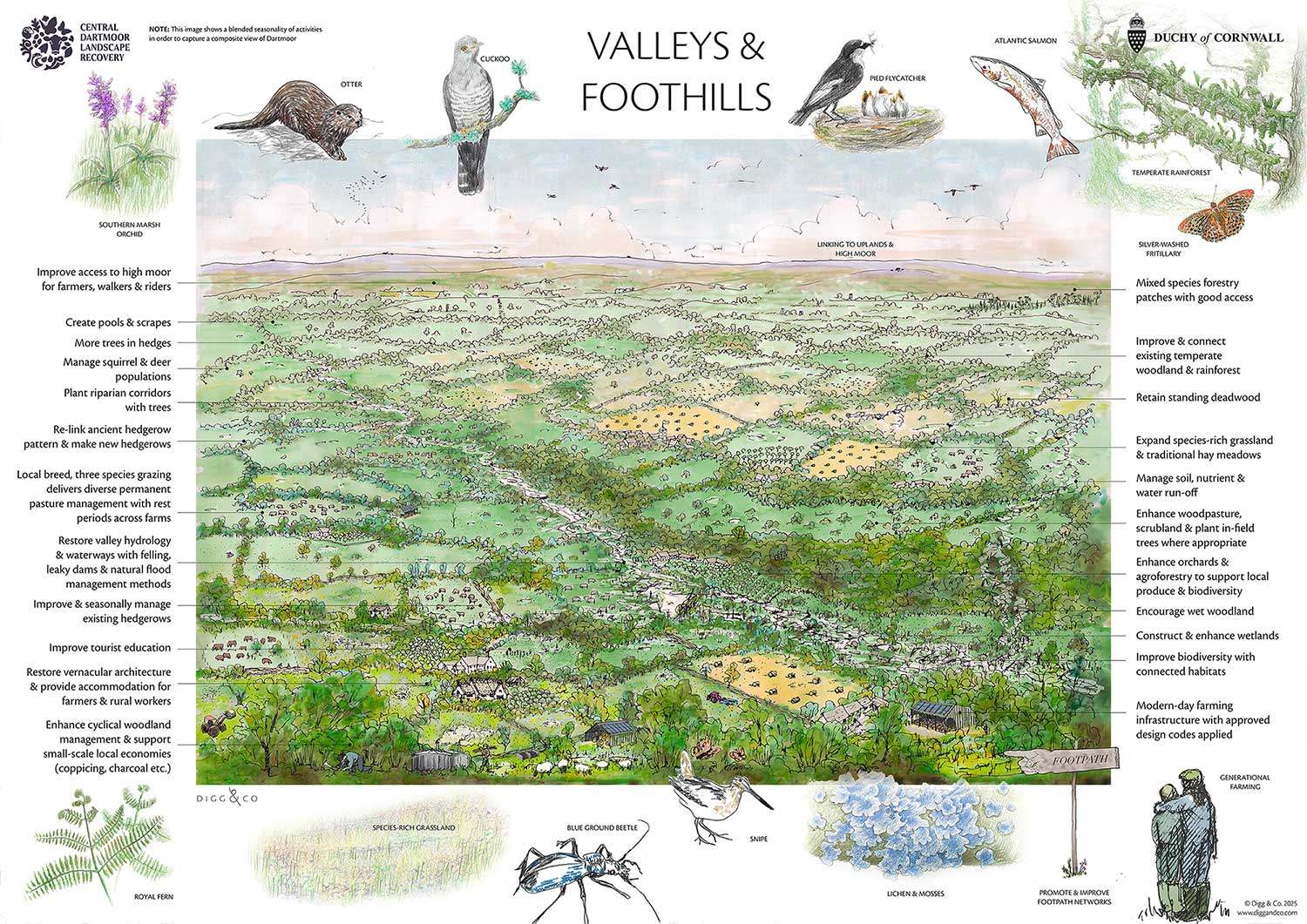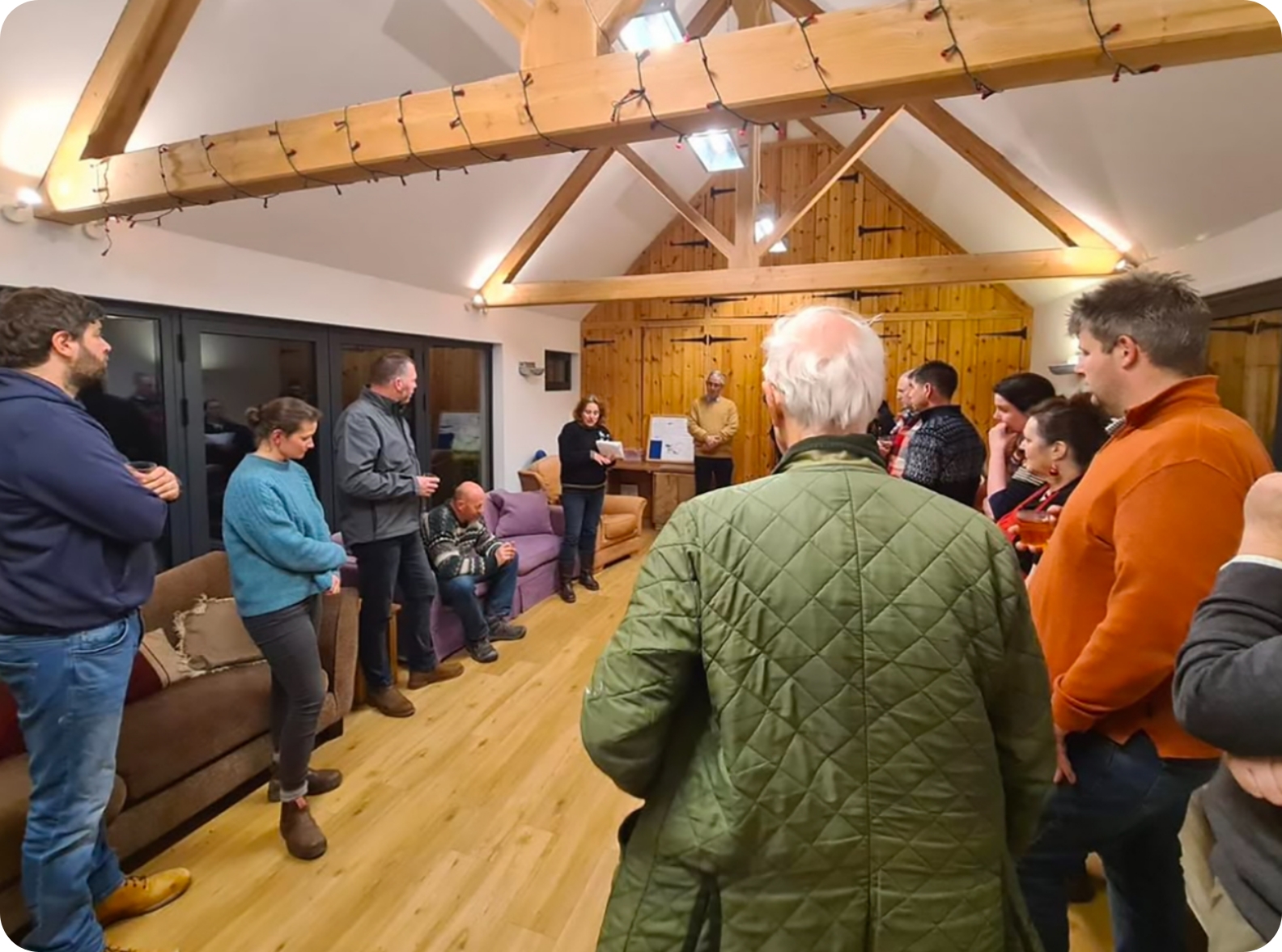Our landscape vision
We have started our Development Phase by consulting with a large range of stakeholders and creating a long-term vision for what we all want the moor to be like in the future. In partnership with the Duchy of Cornwall we have worked with Digg and Co (landscape architect, farmer and ecologist) to create the illustrations and book below.
The process
We held consultation sessions with a breadth of stakeholders representing farming, commoning, conservation, Governmental and non-Governmental bodies. Met Office data was summarised and presented to the participants who were all asked the same five key questions about the future management of Dartmoor to maintain consistency.
Simple line-drawn visualisations of these areas were prepared and presented to stakeholders. Each stakeholder was encouraged to annotate these drawings with their ideas and suggestions for Dartmoor, either through sketches or written notes.
This input was gathered and analysed to create more detailed visualisations, which were then shared with consultees for feedback. The revised visualisations were accompanied by data gathered from the process and presented in multiple formats – tables, diagrams, and written descriptions – ensuring that participants could engage with the information in the way most accessible and comfortable for them.
The following illustrations are the visual output form all the stakeholder engagement sessions.
Our Key principles
These are our suggested key principles to help inform the co-design of our farm and common management plans.
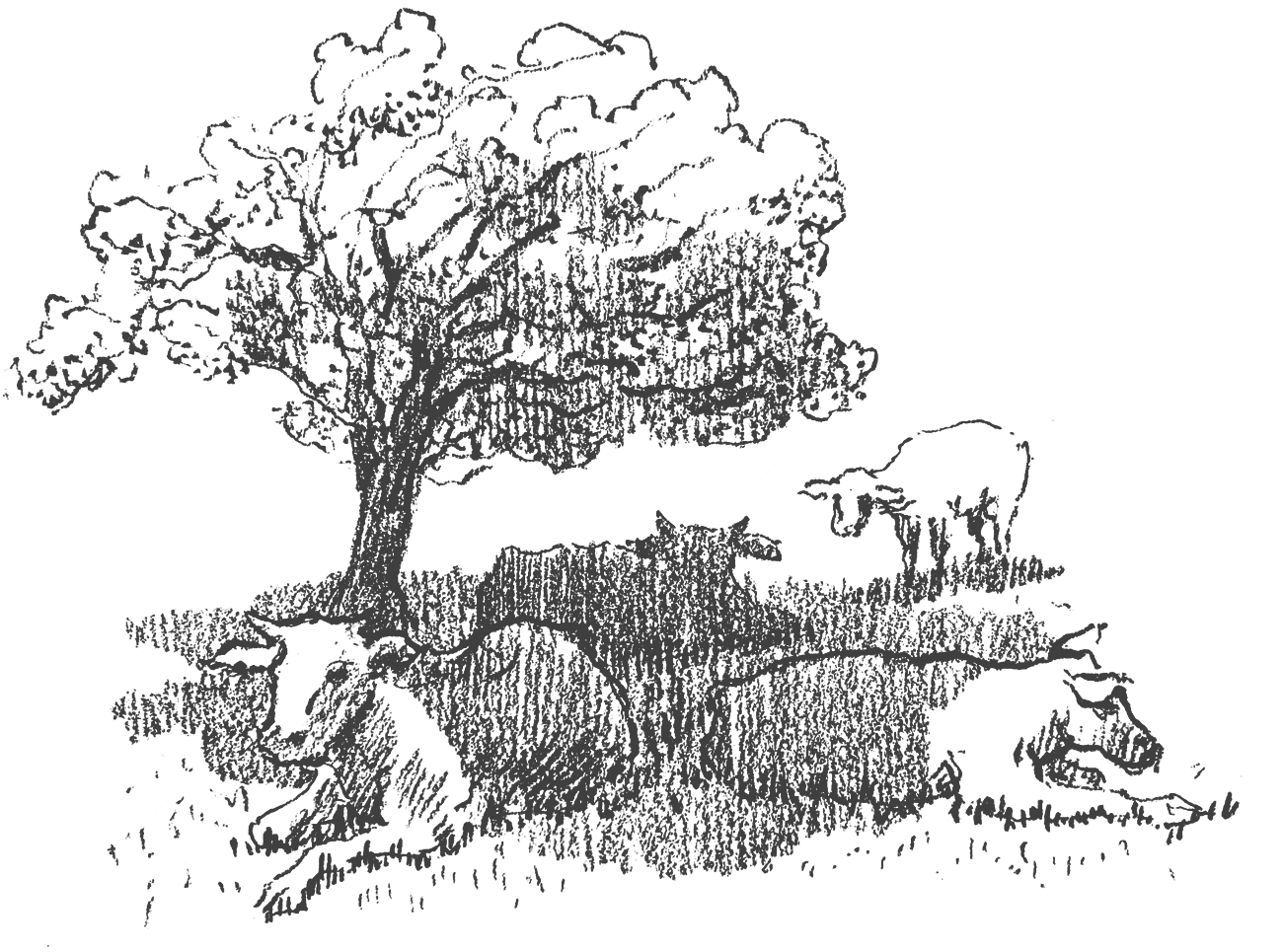
A Landscape Vision
This Study was inspired to achieve a consensus relating to Dartmoor’s future management. It uniquely combines a review of literature, data, climate modelling, lived experience and opinion from a diverse range of stakeholders, culminating in the production of three recognised landscape forms of valleys and foothills, enclosed uplands and the high moor. Alongside these are a series of suggested Management Actions and Key Principles, which are offered to inform and help shape management plans as part of our Landscape Recovery.
Digg & Co
Digg & Co are an ecological design practice focusing on projects which positively contribute to the natural world. They work with their clients, collaborators, creatives and scientific experts to ensure that design and ecosystems thinking are drawn on harmoniously. There is no by the book way of design; they allow the information they analyse to bring about the answers for each individual project. Find out more about Digg and Co at www.diggandco.com



